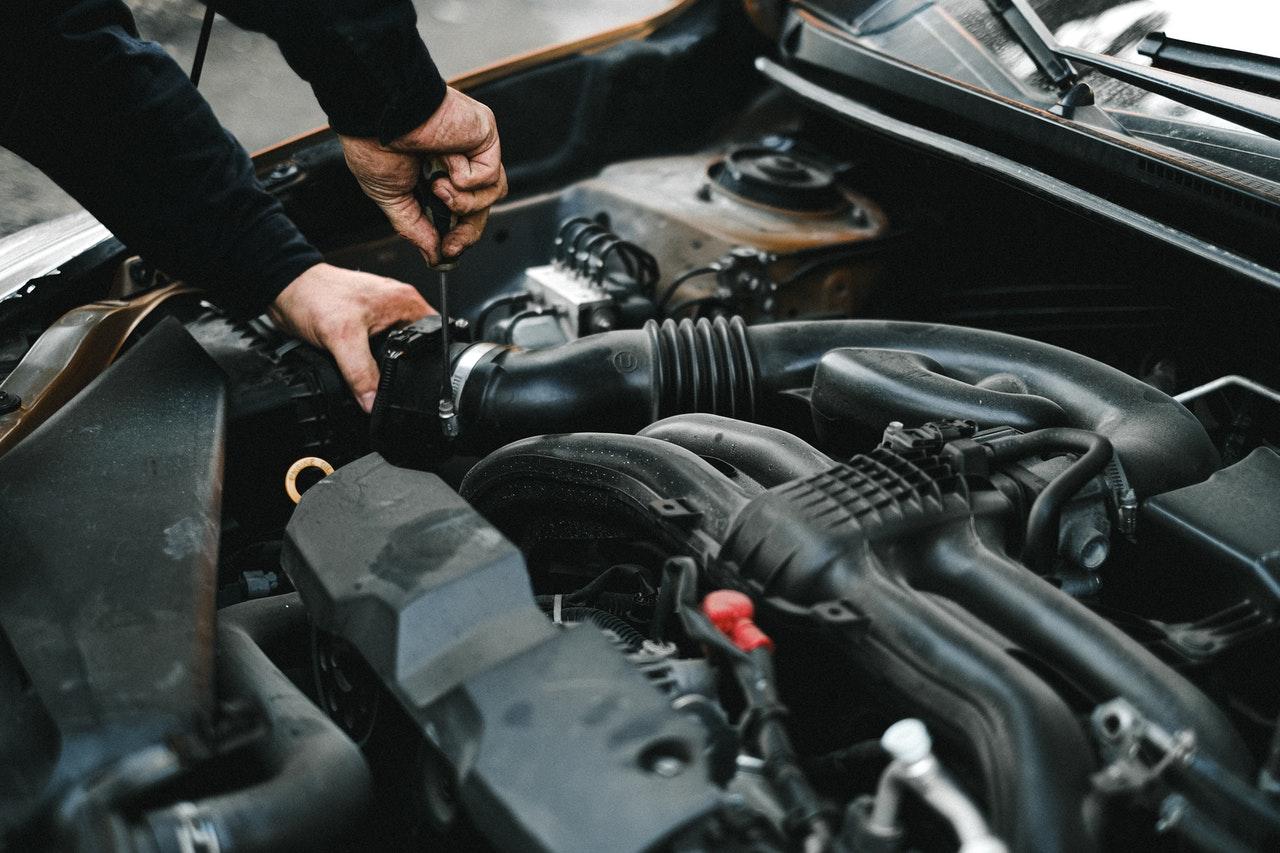Wax vs. Ceramic Coating: Which Is Right For You?

Introduction
When it comes to protecting your car's paint and giving it a mirror-like shine, two popular options stand out: car wax and ceramic coating. Both offer unique benefits, but the right choice depends on your needs, budget, and how much time you're willing to invest. In this article, we break down the differences between wax and ceramic coating to help you decide which car polish is right for you.
What is Car Wax?
An affordable and easy-to-use solution for temporary shine and protection.
Car wax is a traditional paint protection product that has been used for decades. It creates a thin layer over the car's paint to enhance its shine and protect it from minor contaminants like dust, bird droppings, and UV rays. Car wax is typically made from natural carnauba wax, synthetic polymers, or a combination of both. While it provides a beautiful shine, the protection lasts anywhere from a few weeks to a couple of months, depending on the product and driving conditions.
Pros of Car Wax:
- Affordable and widely available.
- Easy to apply and remove, even for beginners.
- Provides a natural, deep shine to the car's paint.
Cons of Car Wax:
- Offers short-term protection.
- Requires frequent reapplication (every 4-8 weeks).
- Limited resistance to scratches, chemicals, and extreme weather.
Best For: Car enthusiasts looking for a budget-friendly solution to maintain shine on weekend car meets, or for special occasions.
What is Ceramic Coating?
An advanced, long-term solution for superior protection and shine.
Ceramic coating is a liquid polymer that chemically bonds with the car's paint to form a durable, hydrophobic layer. This coating repels water, dirt, and contaminants, making the car easier to clean and maintain. Unlike wax, ceramic coating can last anywhere from 1 to 5 years, depending on the quality and application process. It also provides better protection against UV damage, oxidation, and minor scratches.
Pros of Ceramic Coating:
- Long-lasting protection (1-5 years).
- Excellent resistance to UV rays, chemicals, and contaminants.
- Makes the car easier to clean with its hydrophobic properties.
Cons of Ceramic Coating:
- Higher cost compared to car wax.
- Requires professional application for best results.
- Doesn’t completely prevent scratches or swirl marks.
Best For: Car owners who want long-term protection and are willing to invest in professional-grade results.
Wax vs. Ceramic Coating: Key Differences
| Feature | Car Wax | Ceramic Coating |
| Durability | 4-8 weeks | 1-5 years |
| Application | Easy, DIY-friendly | Professional recommended |
| Cost | Low | Higher |
| Shine | Deep, natural look | Glossy, reflective finish |
| Maintenance | Requires frequent care | Low maintenance |
| Protection | Basic (UV, dust, water) | Advanced (UV, chemicals, dirt) |
Which One Should You Choose?

If you’re someone who loves maintaining your car and doesn’t mind frequent reapplications, car wax is a budget-friendly and effective option. On the other hand, if you want long-term, hassle-free protection with superior shine, ceramic coating is the way to go. While ceramic coating comes at a higher upfront cost, its durability and low maintenance make it a worthy investment for serious car owners.
Conclusion:

Both car wax and ceramic coating have their advantages and drawbacks. Car wax is perfect for those who enjoy regular car maintenance and need an affordable shine enhancer. Ceramic coating, however, provides unmatched durability and protection, making it ideal for car owners looking for a long-term solution. Consider your budget, time, and car care goals to decide which option suits you best. No matter what you choose, regular care will ensure your car always looks its best!
Trending News
 9 mins readBest Chauffeur Driven Cars Under Rs 20 Lakh
9 mins readBest Chauffeur Driven Cars Under Rs 20 Lakh
Latest News
 Jafar Rizvi | Dec 2, 2025India-Spec Maruti Suzuki e Vitara Unveiled: Gets Up To 543 Km RangeThe e Vitara will be offered with two battery pack options and in three variants.4 mins read
Jafar Rizvi | Dec 2, 2025India-Spec Maruti Suzuki e Vitara Unveiled: Gets Up To 543 Km RangeThe e Vitara will be offered with two battery pack options and in three variants.4 mins read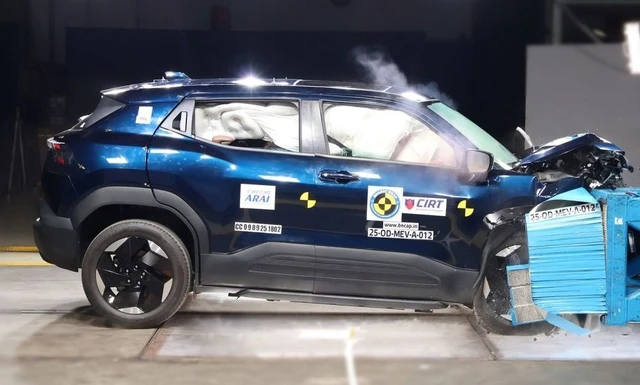 Seshan Vijayraghvan | Dec 2, 2025Maruti Suzuki e Vitara Scores 5 Stars In Bharat NCAP Crash TestThe Maruti Suzuki e Vitara earned 5 stars in both adult and child occupant protection tests. The best score for a Maruti yet.2 mins read
Seshan Vijayraghvan | Dec 2, 2025Maruti Suzuki e Vitara Scores 5 Stars In Bharat NCAP Crash TestThe Maruti Suzuki e Vitara earned 5 stars in both adult and child occupant protection tests. The best score for a Maruti yet.2 mins read car&bike Team | Dec 2, 2025Skoda Auto India Achieves 5 Lakh Units Sales MilestoneThe milestone comes after 25 years, with October 2025 emerging as the best month at 8,252 units sold.2 mins read
car&bike Team | Dec 2, 2025Skoda Auto India Achieves 5 Lakh Units Sales MilestoneThe milestone comes after 25 years, with October 2025 emerging as the best month at 8,252 units sold.2 mins read car&bike Team | Dec 2, 2025Two-Wheeler Sales November 2025: Most Manufacturers Report Double-Digit GrowthIn the penultimate month, major two-wheeler manufacturers reported varied performances, with most brands recording year-on-year growth across domestic and export markets, while a few saw marginal declines.4 mins read
car&bike Team | Dec 2, 2025Two-Wheeler Sales November 2025: Most Manufacturers Report Double-Digit GrowthIn the penultimate month, major two-wheeler manufacturers reported varied performances, with most brands recording year-on-year growth across domestic and export markets, while a few saw marginal declines.4 mins read Carandbike Team | Dec 2, 2025Adi Kailash Yatra On Four Wheels And A Battery!We recently drove a Mahindra BE 6 to Adi Kailash and Om Parvat, located in the Kumaon region of Uttarakhand. Read on if the idea of driving an EV to forward locations bordering Tibet and Nepal, with no fast-charging infrastructure intrigues you.. or if you’ve been contemplating a similar adventure yourself.8 mins read
Carandbike Team | Dec 2, 2025Adi Kailash Yatra On Four Wheels And A Battery!We recently drove a Mahindra BE 6 to Adi Kailash and Om Parvat, located in the Kumaon region of Uttarakhand. Read on if the idea of driving an EV to forward locations bordering Tibet and Nepal, with no fast-charging infrastructure intrigues you.. or if you’ve been contemplating a similar adventure yourself.8 mins read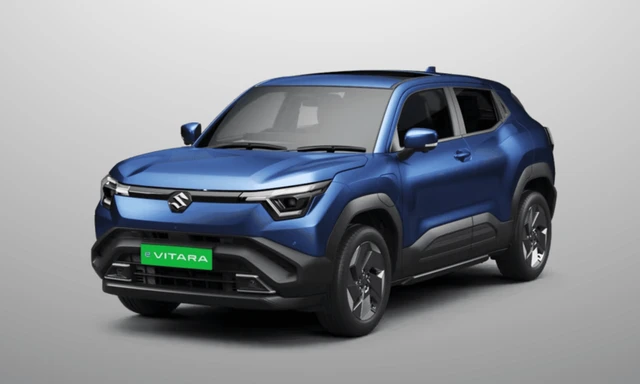 car&bike Team | Dec 2, 2025India-Spec Maruti Suzuki e Vitara To Be Unveiled Today: All You Need To KnowThe e Vitara is the carmaker’s first shot in the electric vehicle segment, and here is all you need to know about it.4 mins read
car&bike Team | Dec 2, 2025India-Spec Maruti Suzuki e Vitara To Be Unveiled Today: All You Need To KnowThe e Vitara is the carmaker’s first shot in the electric vehicle segment, and here is all you need to know about it.4 mins read
 Seshan Vijayraghvan | Nov 29, 2025Mahindra XEV 9S First Drive Review: Big Electric SUV, Bigger ExpectationsThe XEV 9S lands at a time when the EV crowd is growing fast. It’s a big, born-electric, three-row SUV that starts under 20 lakh. It sits close to the XUV700 in size, but the brief is very different. Here’s what it’s like on the road.11 mins read
Seshan Vijayraghvan | Nov 29, 2025Mahindra XEV 9S First Drive Review: Big Electric SUV, Bigger ExpectationsThe XEV 9S lands at a time when the EV crowd is growing fast. It’s a big, born-electric, three-row SUV that starts under 20 lakh. It sits close to the XUV700 in size, but the brief is very different. Here’s what it’s like on the road.11 mins read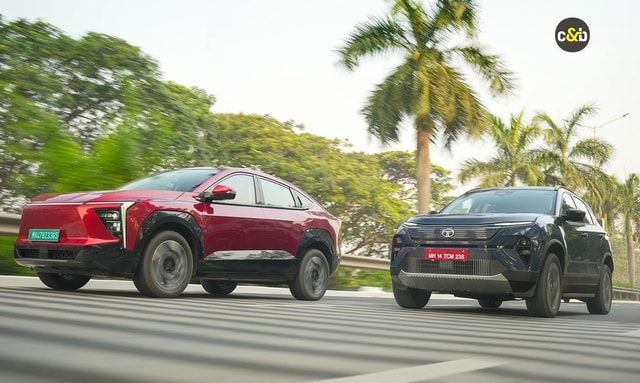 Bilal Firfiray | Nov 26, 2025Tata Harrier EV vs Mahindra XEV 9e: Battle Of India’s Electric TitansWhen India made two electric SUVs battle it out, the winner is the buyer. They get a choice to take home what’s best suited for them – and read on to find out which one is better for YOU.1 min read
Bilal Firfiray | Nov 26, 2025Tata Harrier EV vs Mahindra XEV 9e: Battle Of India’s Electric TitansWhen India made two electric SUVs battle it out, the winner is the buyer. They get a choice to take home what’s best suited for them – and read on to find out which one is better for YOU.1 min read Janak Sorap | Nov 19, 2025Hero Xpulse 210 Vs Kawasaki KLX 230 Comparison Review: Dual-Sport DilemmaWith a price difference of just Rs 12,000, which of the two dual-sport motorcycles is meant for you?1 min read
Janak Sorap | Nov 19, 2025Hero Xpulse 210 Vs Kawasaki KLX 230 Comparison Review: Dual-Sport DilemmaWith a price difference of just Rs 12,000, which of the two dual-sport motorcycles is meant for you?1 min read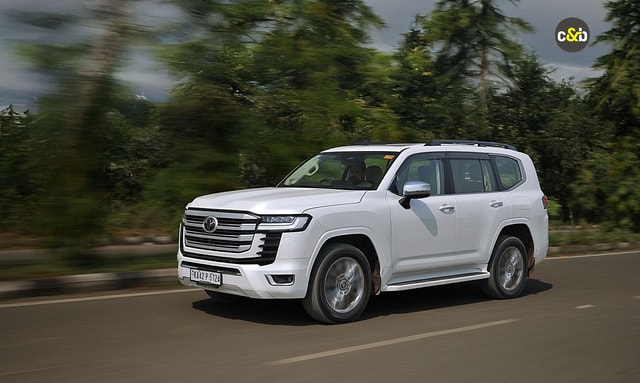 Jaiveer Mehra | Nov 17, 20252025 Toyota Land Cruiser 300 Review: Beast From The EastThe Land Cruiser name may have a long and storied history, but does it fit the bill for an Rs 2 crore-plus SUV in India?13 mins read
Jaiveer Mehra | Nov 17, 20252025 Toyota Land Cruiser 300 Review: Beast From The EastThe Land Cruiser name may have a long and storied history, but does it fit the bill for an Rs 2 crore-plus SUV in India?13 mins read Seshan Vijayraghvan | Nov 17, 2025Kia Syros 1.0 Turbo Petrol: 6000 km Long-Term Review – Final Report!I lived with the Syros for more than 6000 km, over 3 months, and in this final report, I am going to talk about the Pros, the Cons, and everything in between.1 min read
Seshan Vijayraghvan | Nov 17, 2025Kia Syros 1.0 Turbo Petrol: 6000 km Long-Term Review – Final Report!I lived with the Syros for more than 6000 km, over 3 months, and in this final report, I am going to talk about the Pros, the Cons, and everything in between.1 min read

